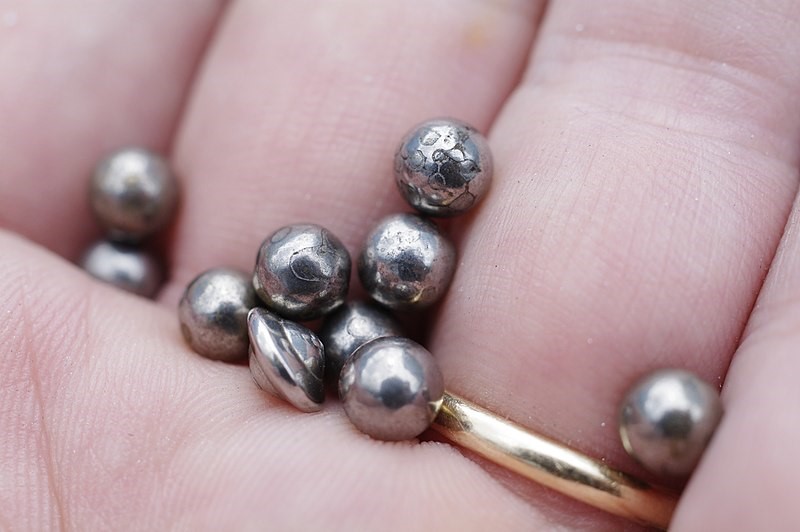Industrial electroplating was patented by George and Henry Elkington in 1840. They used the Woolrich electrical generator, which can still be seen in Birmingham’s science museum. The innovation made Birmingham the centre of the electroplating industry, especially when higher currents became available later in the century.

Until recently, electroplating was the method of choice for creating a protective layer of nickel, but it was not without its drawbacks. Deposition tends to occur in some locations more than others, while narrow internal corners and boreholes can be particularly problematic and the eventual coatings usually vary in thickness.

Image Credit
Electroless nickel plating methodology
Electroless plating doesn’t use electricity, other than to heat the solution bath. The deposition is achieved chemically by autocatalytic deposition.
The process involves suspending the item in a tank of fluid that consists mainly of a nickel salt (typically nickel sulphate), with a percentage of phosphorous (such as sodium hypophosphate) and a variety of reducing agents and catalysts. A typical temperature is 90°C, although this can be varied to modify the structure of the deposition.
The formulation is an art, although the equipment is very straightforward.
Similar electroless processes can be used to apply a variety of other metals – even titanium and copper, which don’t readily lend themselves to electroplating. The base metal can be combined with other materials, such as phosphorus, boron, PTFE or graphene, to produce a whole range of surfaces with tailored characteristics. Post treatments, such as heat applications, can extend the range of possible results.
Benefits of electroless nickel plating
– Perhaps the most common reason for selecting electroless plating is to achieve a more uniform layer without weak points. This is particularly useful when the products being processed have a complex shape or surfaces hard to access.
– Unlike electroplating, electroless plating can be performed on non-conductive substrates; for example, you can even nickel plate onto plastic.
– Greater corrosion resistance can be attained using the electroless method. This is partly due to the better coverage but also due to the easy incorporation of phosphorous.
– A wider range of surface qualities can be achieved by incorporating other materials.
– Higher quality, more uniform coatings translate into lower waste and improved cost-efficiency.
– Typically, there is also less down-time than when using electroplating equipment.



